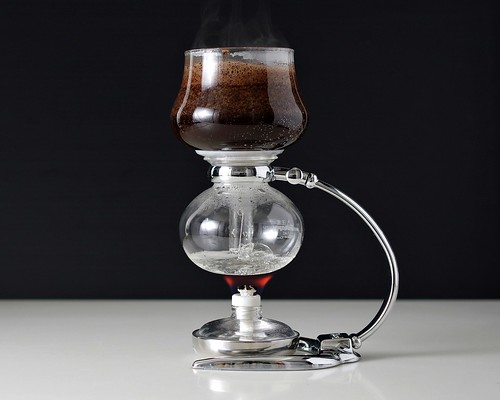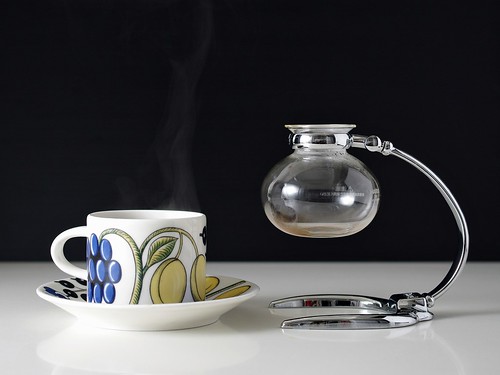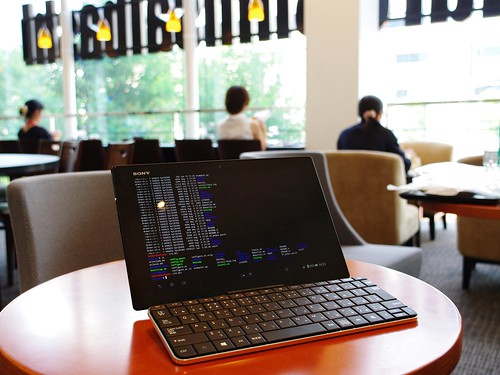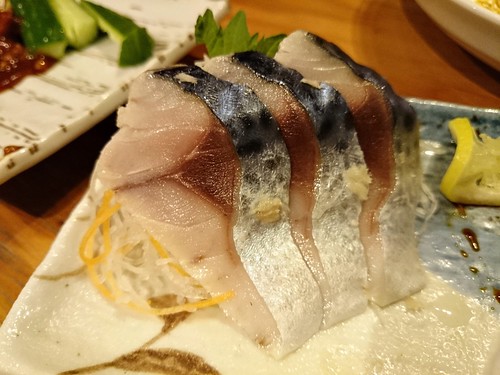My laptop broke almost three weeks ago. The left screen hinge snapped off, making it effectively unusable. Repairs were straightforward, if not particularly cheap, and involved replacing the hinges and the lid cover that'd been damaged as well. The machine itself was fine, so I never lost any data, and I was able to back up and move any data I needed and clean the machine of any passwords and keys before I sent it in.
Meanwhile, I was going without the laptop. The workstation at the office let me continue working as usual during office hours, but I've had no real computer to use at home. I've got an ancient desktop that I've set up as a server at home; I use it for RSS feed reading, and I've installed Owncloud so I can access files from anywhere. And of course I can log in and run command-line stuff on it if I need to.
The Tablet Z and the Microsoft bluetooth keyboard. It's a pretty compact package and the keyboard mostly works well though the keys could stand to be a bit more sensitive.
I also have an
Xperia Z tablet with a Microsoft bluetooth keyboard
(1). It's not a real computer by any stretch, but far better than nothing. I've used it for travel with some success, and some people argue that tablets can already replace desktops for many users. This made for a neat experiment.
Software
I use gmail for public and work-related email, but I also installed the
K-9 email client on the tablet for my home email. It works nicely enough, though it seems to lack spam filtering by default.
The bluetooth keyboard is decent, but of course it has a Japanese layout. I want to use a Swedish layout on it, but the problem is that the key that has '<', '>' and '|' in Swedish is absent on Japanese keyboards. I need to remap it to include these characters elsewhere. After some searching I found
External Keyboard Helper, which lets you remap your external keyboard any way you could possibly want. It's inexpensive, and if you need it I can highly recommend it.
Hacker's Keyboard is better than the standard software keyboards for programming and such things, but it's not a substitute for a real hardware keyboard.
You need an editor. My favourite is
Vim Touch which is the Vim editor
(2) ported to Android and adapted slightly for touch screens. I would never use it on a phone, but on a tablet and with a bluetooth keyboard it works quite well. Just remember to set up your vimrc file; you get the default (and hopeless) Vim settings otherwise.
If Vim is not to your taste, there's plenty of other options.
Textwarrior works well and has a neat "touchpad" function for cursor navigation. I bet there's piles of other good editors available, but I've never had reason to look around.
JuiceSSH is a decent SSH client. Key management is rather confusing but the terminal emulation works nicely, and it handles command keys well. Be aware that it actually honours the ancient ctrl-s/ctrl-q sequences to pause and restart terminal communication. If nothing suddenly seems to work you may have pressed ctrl-s by mistake when you meant some other combination. The Pro version doesn't really add anything critical, so stick with the free version if you want.
What Worked
Some things have worked well these past couple of weeks. Email has never been a problem, and I mostly used my tablet for reading RSS feeds already before the laptop broke. Owncloud has given me decent (if not problem-free) two-way access to files, and JuiceSSH lets me login to other machines.
Web browsing works OK too. Firefox mobile is a capable client, as is Chrome, and few sites give you any trouble these days. The only thing I sometimes run into are sites that try to actively decide the text size and end up with an unreadably tiny font for the relatively small, high-density screen of a tablet.
I could read PDFs with Adobe Reader, and Office Suite Pro (from an old Play store sale) let me handle a number of office formats. It doesn't work too well with open formats, though, so interoperability with Open/Libre Office is a bit problematic.
What Didn't Work
Some things don't work at all. The main issue is that I can forget about writing papers.
WriteLaTeX is a really good online service for writing LaTeX-based papers and it works well on mobile too. But there is nothing equivalent to Inkscape/Illustrator or GNUplot on Android to make illustrations and graphs, and nothing like R or Pylab to analyze your data.
Also, I use Zotero to organize my papers. But it's not available in any form on Android, so I can't search the literature or generate citation lists while working on my tablet. And without citations papers will not get written, it's as simple as that.
Photography is not completely hopeless — as long as I use my phone camera, and accept using Snapseed or similar for image editing. It's nice and works well enough, but it's not Gimp (or Photoshop). This, by the way, is shimesaba — pickled mackerel — at a local izakaya.
My photography has effectively been on hold during this period. I don't have the tools to really edit RAW files from my digital camera, and I have no way to deal with scanned film on the tablet. File sizes are much too big, and I rely on a pile of homemade scripts for processing them. Besides, the small screen and lack of a precise pointer would make editing a frustrating chore.
Flickr is almost unusable. The web site doesn't work well at all on mobile and the Flickr app is not available to users in Japan. I have no idea why - I heard it was because of language support, but if somebody is already using the English-only website then surely they wouldn't mind an English-language app? I would probably quit Flickr altogether were I to use my tablet for photography.
Blogging is surprisingly difficult. The Blogger online editor is completely mouse-oriented and very difficult to use on a touch screen. There is a Blogger app but it fails badly in many ways; I've actually lost posts trying to use it. The only way I found to write posts was to write them in Vim on the tablet, then cut
(3) and paste the text into the Blogger online editor when done. I'd have to use a different blogging platform were I to primarily use a tablet for blogging.
Programming is, if not impossible at least quite difficult and limited. There is really no viable way to code on the tablet itself that I have found - no Python or Ruby, and no useful port of any other common language that I can find.
I can log in to my home server and do programming there, but in a text-only environment. No plotting or other graphics in other words. There is an
online Sage server that offers Python, R and other tools through the Sagemath system. It sort of works on Firefox mobile, but it really is made for a keyboard-and-mouse system so it's a bit difficult to navigate on a tablet. Also, it can be quite laggy and it even crashed the browser in the short time I tested it. In either case you need a good-quality connection at all times.
So...
So, life with just a tablet somewhat sucked. It
kind of worked — for two weeks only, with a real computer at the office, and I still had to temporarily postpone several tasks that I just wasn't able to deal with. Could I do this without a work computer, or for longer than two weeks? No. Not the way I have things set up now.
But I do see how I
could set things up better had I had the time. Could set up my home server with blogging software, image storage and gallery, and perhaps a graphical desktop I'd access through VNC. Or just select a blogging platform and photo site that are better supported under Android.
Research paper and citation management would still be problematic; I could set up my work machine for writing, but I usually do that at night at home, not at work. And I don't see a way to do photography without a real computer. A tablet is just too small, cramped and slow to edit images comfortably, and writing small scripts for image processing is all part of the fun for me.
Life with a tablet is not here for me yet, and I suspect it never will be. The tablet worked well for consuming content but not for producing it. A real laptop with Ubuntu gives me a large screen, great keyboard, accurate pointer, lots of computing power and memory, but most of all an open computing environment that encourages me to change and adapt the way I want. A tablet just plain does not.
#1 Whatever else you may think of Microsoft, they do make some excellent peripherals.
#2 If you are not a Vim user, feel free to ignore this. Trying to learn to use Vim on a tablet without any prior experience is just asking for trouble.
#3 You yank the text into the '*' register to get it into the copy buffer on Android, just as in other Linuxes. Never say Android is not Linux.










